The melting Arctic permafrost is unleashing a 'toxic' legacy
Rising temperatures could cause huge amounts of toxic materials to seep out of sealed-off mines into waterways
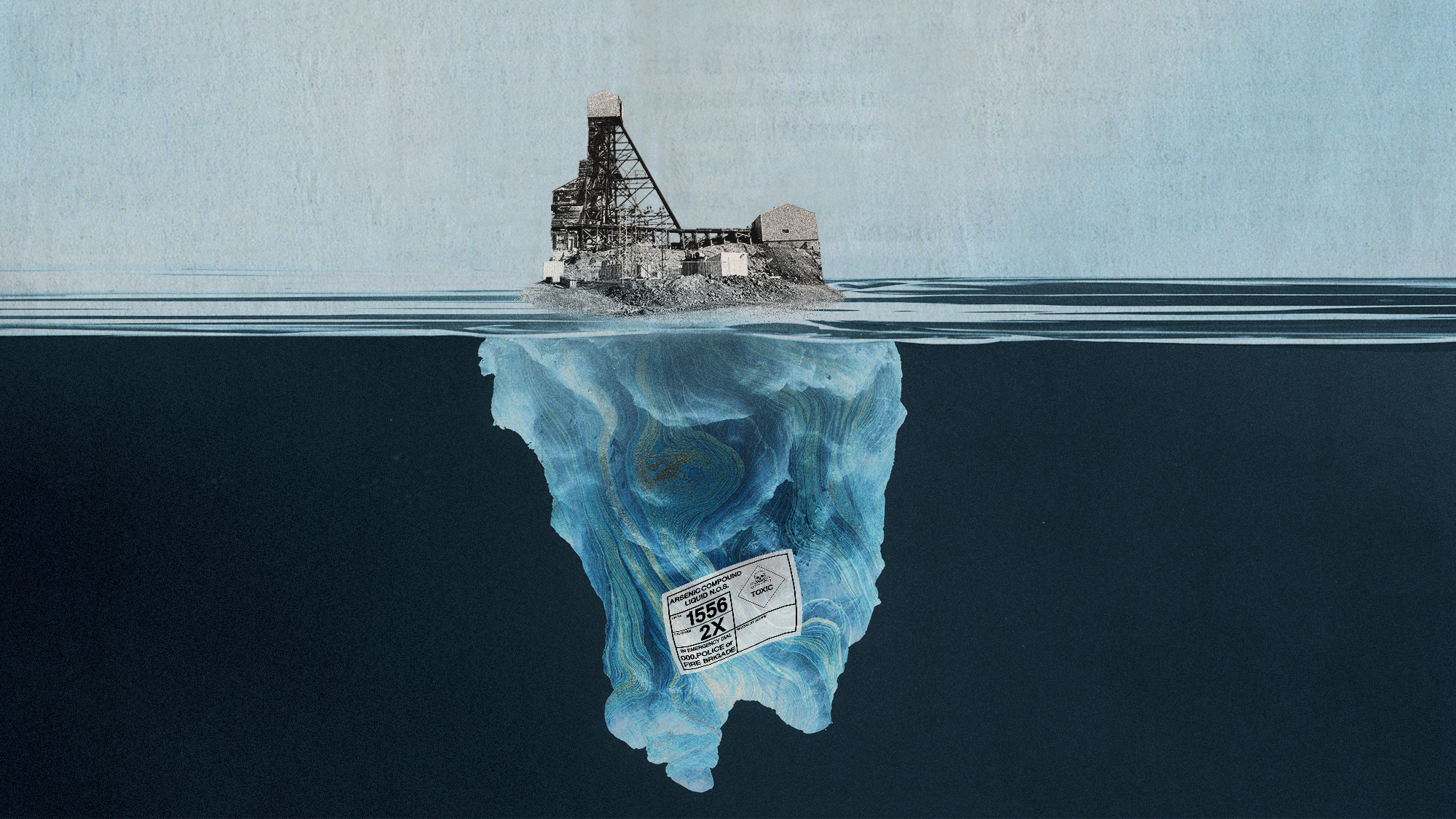
An abandoned gold mine in Canada is known as a "sleeping monster" by Indigenous locals – because it contains enough arsenic to kill 1.7 trillion people.
Giant Mine, near the subarctic city of Yellowknife, was once one of the biggest gold mines in the Northwest Territories, said The Wall Street Journal. The "unwanted by-product" of five decades of mining is 237 tonnes of arsenic trioxide "locked in the subterranean caverns". Just 140 milligrams is enough to kill a person.
After it closed in 2004, Yellowknife's 20,000 inhabitants hoped the poison would "remain frozen underground forever". But mining and climate change have caused the permafrost to melt, raising fears that the arsenic could "slither into" a nearby freshwater lake, "snake" along a river and enter the Arctic Ocean, "poisoning the wildlife, the land and the water along its path". And Giant Mine is not the only example of melting permafrost unleashing potentially poisonous chemicals. It is, according to environmentalists, a "warning" for those who "want to mine the riches of the North".
The Week
Escape your echo chamber. Get the facts behind the news, plus analysis from multiple perspectives.

Sign up for The Week's Free Newsletters
From our morning news briefing to a weekly Good News Newsletter, get the best of The Week delivered directly to your inbox.
From our morning news briefing to a weekly Good News Newsletter, get the best of The Week delivered directly to your inbox.
'Highly concerning'
People picture the Arctic as a "harsh wilderness of endless tundra criss-crossed by rivers of crystal-clear water and home to wildlife untouched by humans", said the Worldwide Fund for Nature. But this "picturesque image masks a stark reality": the industrial exploitation of the mineral-rich Arctic permafrost regions.
There are tens of thousands of contaminated sites, ranging from "micro-dumps full of toxic sludge from oil and gas exploration to abandoned military installations to stockpiles of mining debris".
Operators "assumed that the permafrost would reliably and permanently seal off" the substances underground. In many cases, they did not "make adequate disposal efforts". Now, the permafrost is thawing as the earth warms, and it's threatening to potentially unleash many of these toxic substances into the environment.
Bear in mind that the Arctic is "warming four times faster than the rest of the world", said CNN. In Alaska, some rivers are already changing from "clean, clear blue to a rusty orange", due to the run-off of "toxic metals" released by the permafrost, including iron, zinc, copper, nickel and lead, which had been "locked away underground".
A free daily email with the biggest news stories of the day – and the best features from TheWeek.com
While some high concentrations of toxic materials are down to mining, large amounts of these metals also occur naturally in the permafrost. That includes mercury, with scientists finding "highly concerning" levels in melted permafrost, said High Country News. When mercury is ingested it can "wreak havoc on the neurological system", especially for pregnant women and children.
"Permafrost soil contains more mercury than all the other soil on the planet, plus all the oceans, plus the atmosphere,” said Josh West, study co-author. In that sense, he said, it's like a "bomb that's going to go off".
'Toxic forever'
Donald Trump's threats to take control of Greenland and annex Canada have intensified the "cold rush", said the WSJ. Miners are rushing to claim the valuable rare-earth materials buried under the permafrost, needed for smartphones and EV batteries.
But that comes with "high, and enduring, risks and costs". Estimates for the clean-up of Giant Mine reach $3.2 billion (£2.4 billion): one of the most expensive mine remediations in Canada's history. And it is a "perpetual care" project: Canada must maintain it for at least 100 years. "Some local activists and environmental scientists fear the danger will lurk forever."
The Arctic is "dotted" with such long-term operations. Canada's government estimates that there are 24,000 in the country. Last year another mine in the Yukon "spilled an avalanche of zinc and cyanide into the landscape and nearby waterways".
At Giant Mine crews have "demolished" arsenic-contaminated equipment, "stabilised" the mine and will soon start building a water-treatment plant. There is also a plan to drill metal tubes into the ground and use carbon dioxide to draw heat out and "funnel cold gas back in", freezing the arsenic in blocks of ice that would take years to thaw.
The government believes freezing is "the most efficient and least expensive way to deal with the arsenic". But many say the plan "isn't good enough" in the long term. Arsenic doesn't degrade: the mine will "be toxic forever". The elders of the Indigenous people of the area call Giant Mine "Nahga": the monster.
Richard Windsor is a freelance writer for The Week Digital. He began his journalism career writing about politics and sport while studying at the University of Southampton. He then worked across various football publications before specialising in cycling for almost nine years, covering major races including the Tour de France and interviewing some of the sport’s top riders. He led Cycling Weekly’s digital platforms as editor for seven of those years, helping to transform the publication into the UK’s largest cycling website. He now works as a freelance writer, editor and consultant.
-
 US citizens are carrying passports amid ICE fears
US citizens are carrying passports amid ICE fearsThe Explainer ‘You do what you have to do to avoid problems,’ one person told The Guardian
-
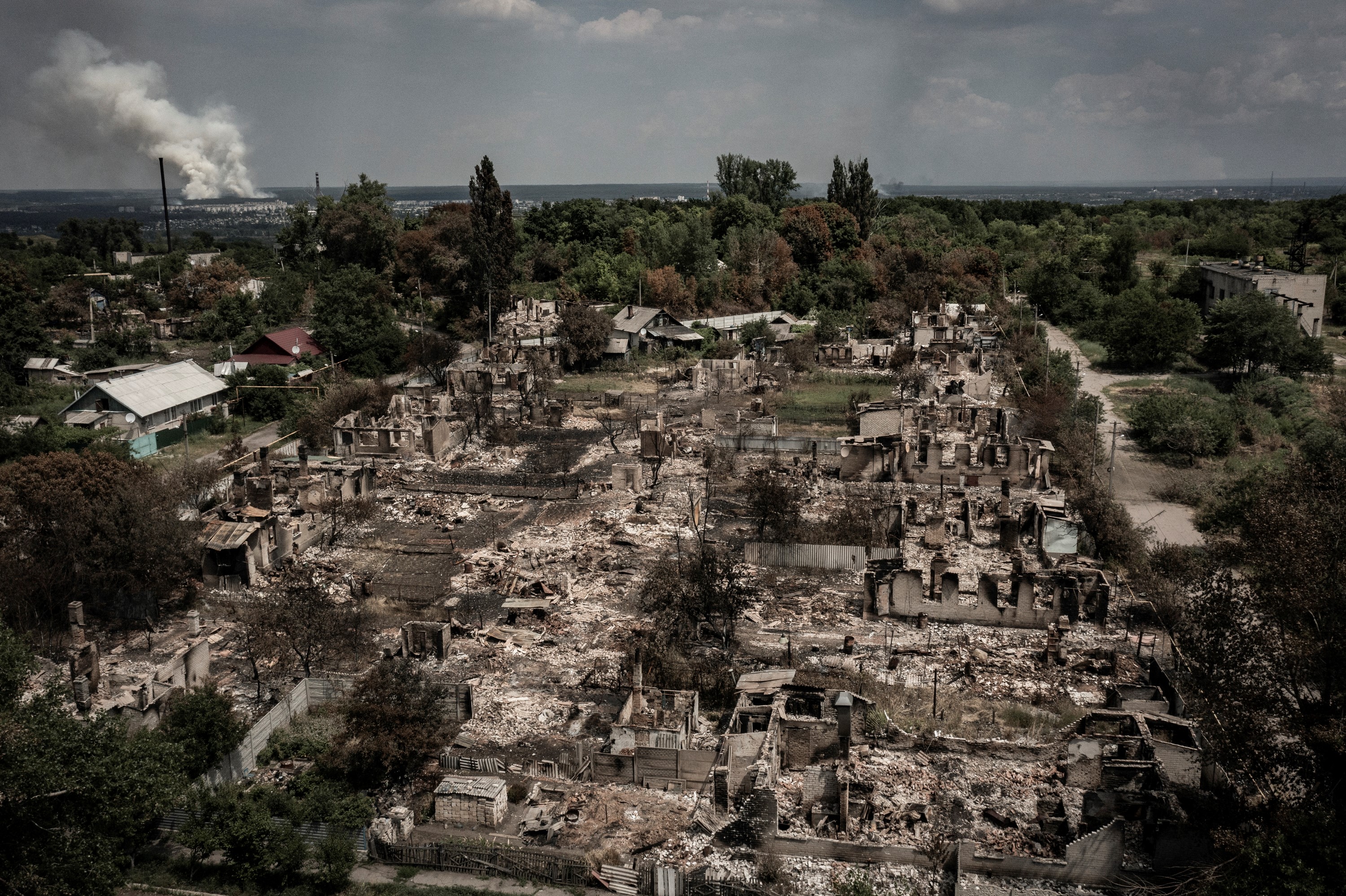 All roads to Ukraine-Russia peace run through Donetsk
All roads to Ukraine-Russia peace run through DonetskIN THE SPOTLIGHT Volodymyr Zelenskyy is floating a major concession on one of the thorniest issues in the complex negotiations between Ukraine and Russia
-
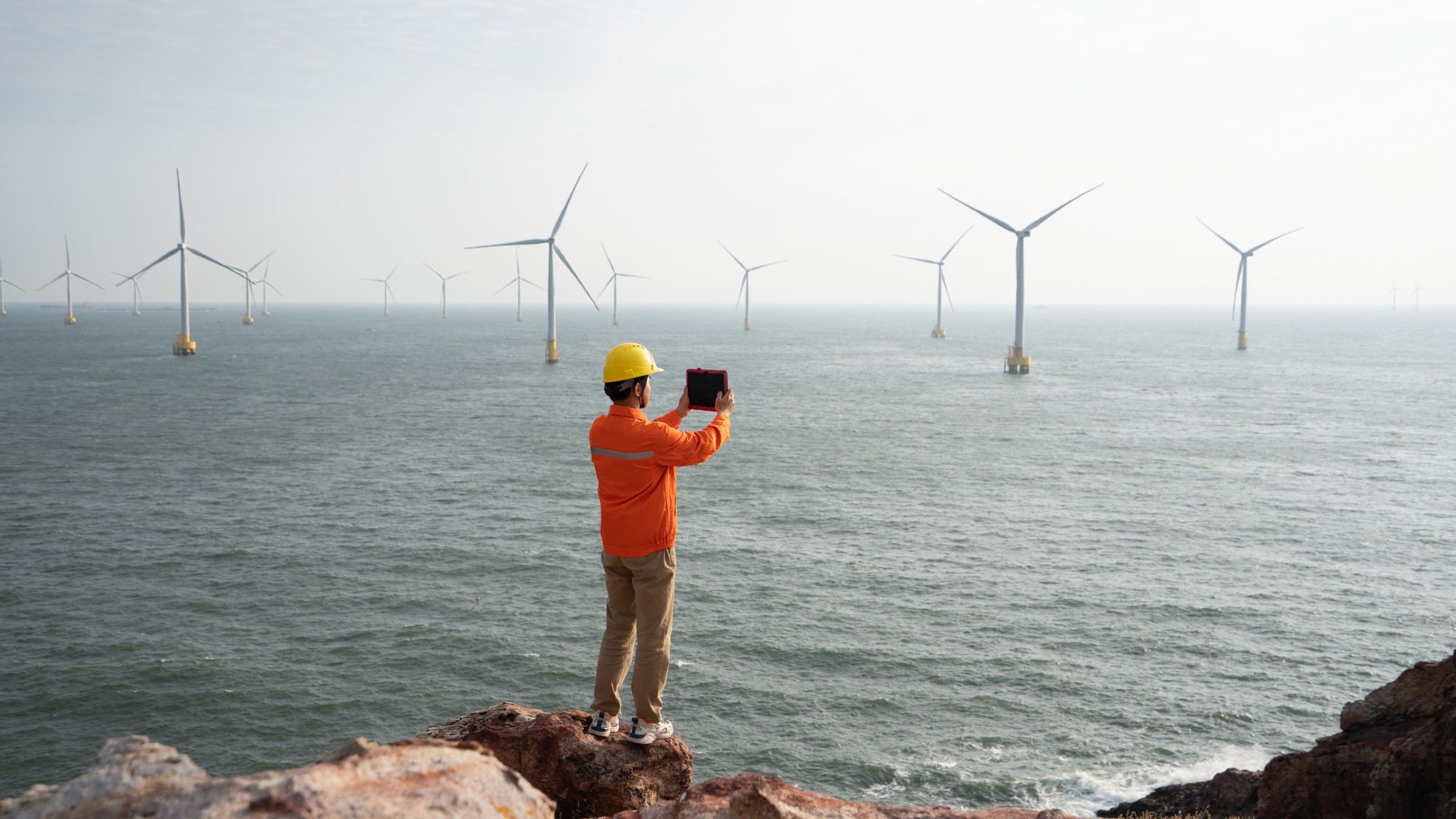 Why is Trump killing off clean energy?
Why is Trump killing off clean energy?Today's Big Question The president halts offshore wind farm construction
-
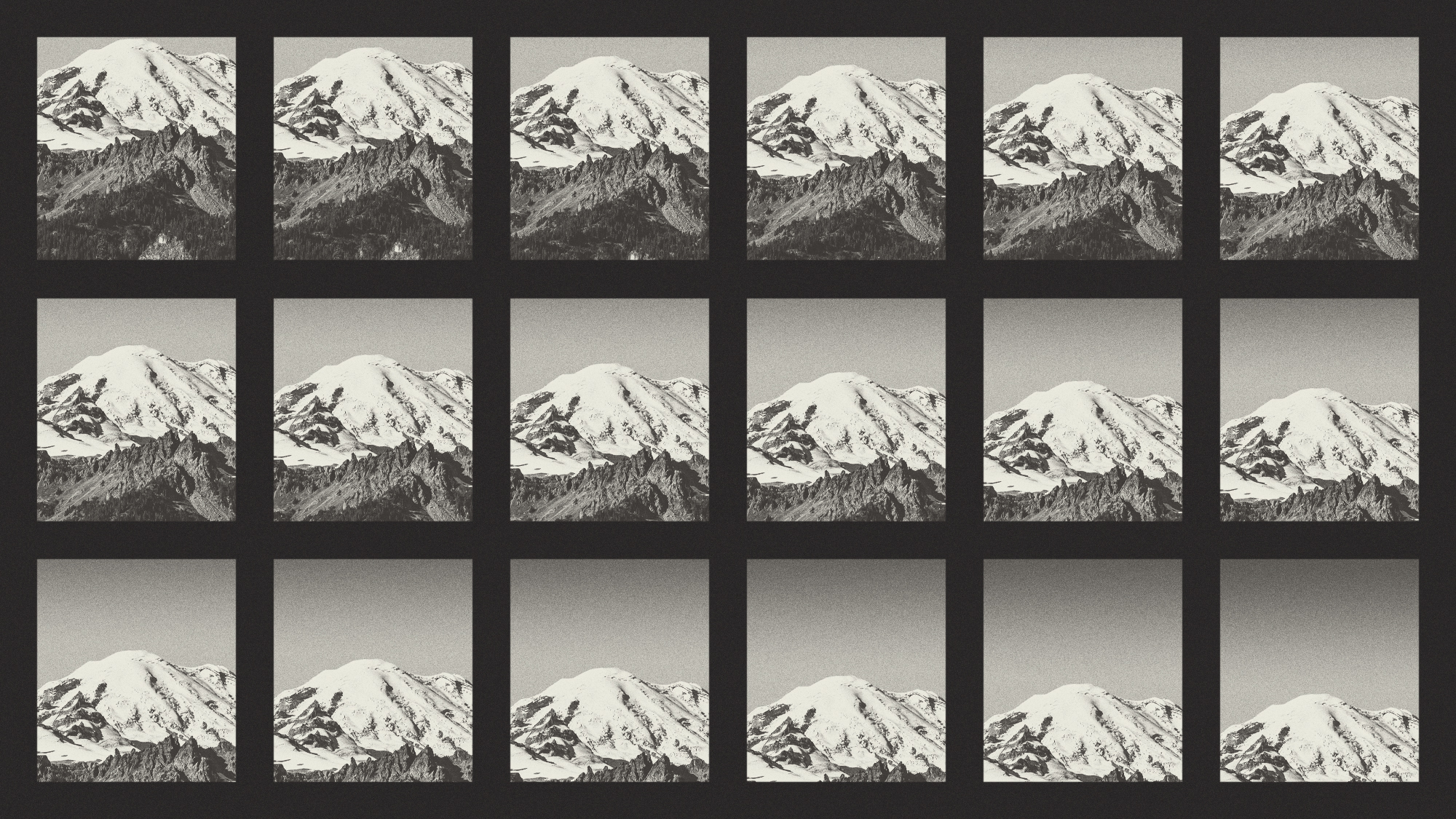 Crest falling: Mount Rainier and 4 other mountains are losing height
Crest falling: Mount Rainier and 4 other mountains are losing heightUnder the radar Its peak elevation is approximately 20 feet lower than it once was
-
 Death toll from Southeast Asia storms tops 1,000
Death toll from Southeast Asia storms tops 1,000speed read Catastrophic floods and landslides have struck Sri Lanka, Indonesia, Thailand and Malaysia
-
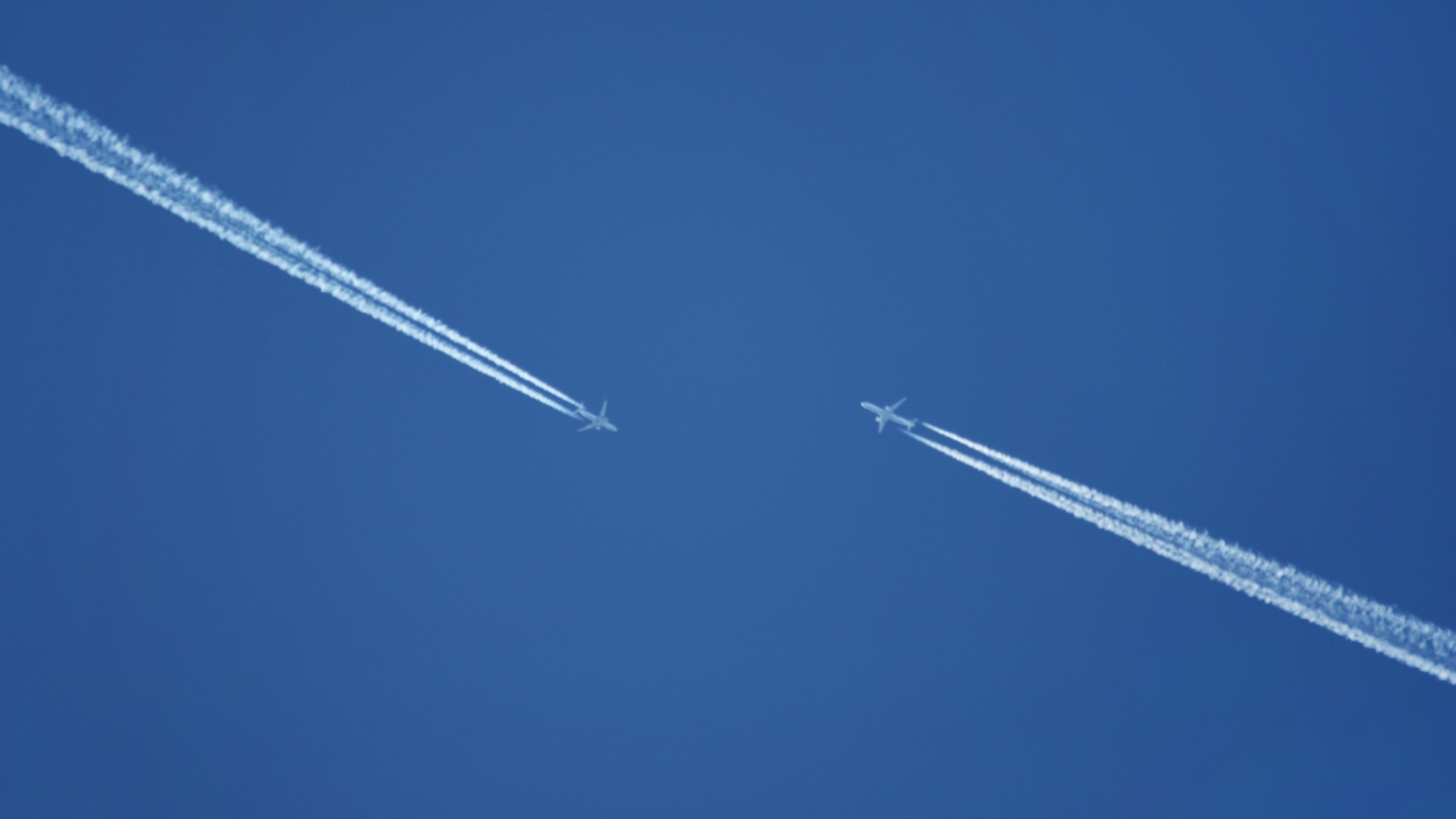 Can for-profit geoengineering put a pause on climate change?
Can for-profit geoengineering put a pause on climate change?In the Spotlight Stardust Solutions wants to dim the sun. Scientists are worried.
-
 How will climate change affect the UK?
How will climate change affect the UK?The Explainer Met Office projections show the UK getting substantially warmer and wetter – with more extreme weather events
-
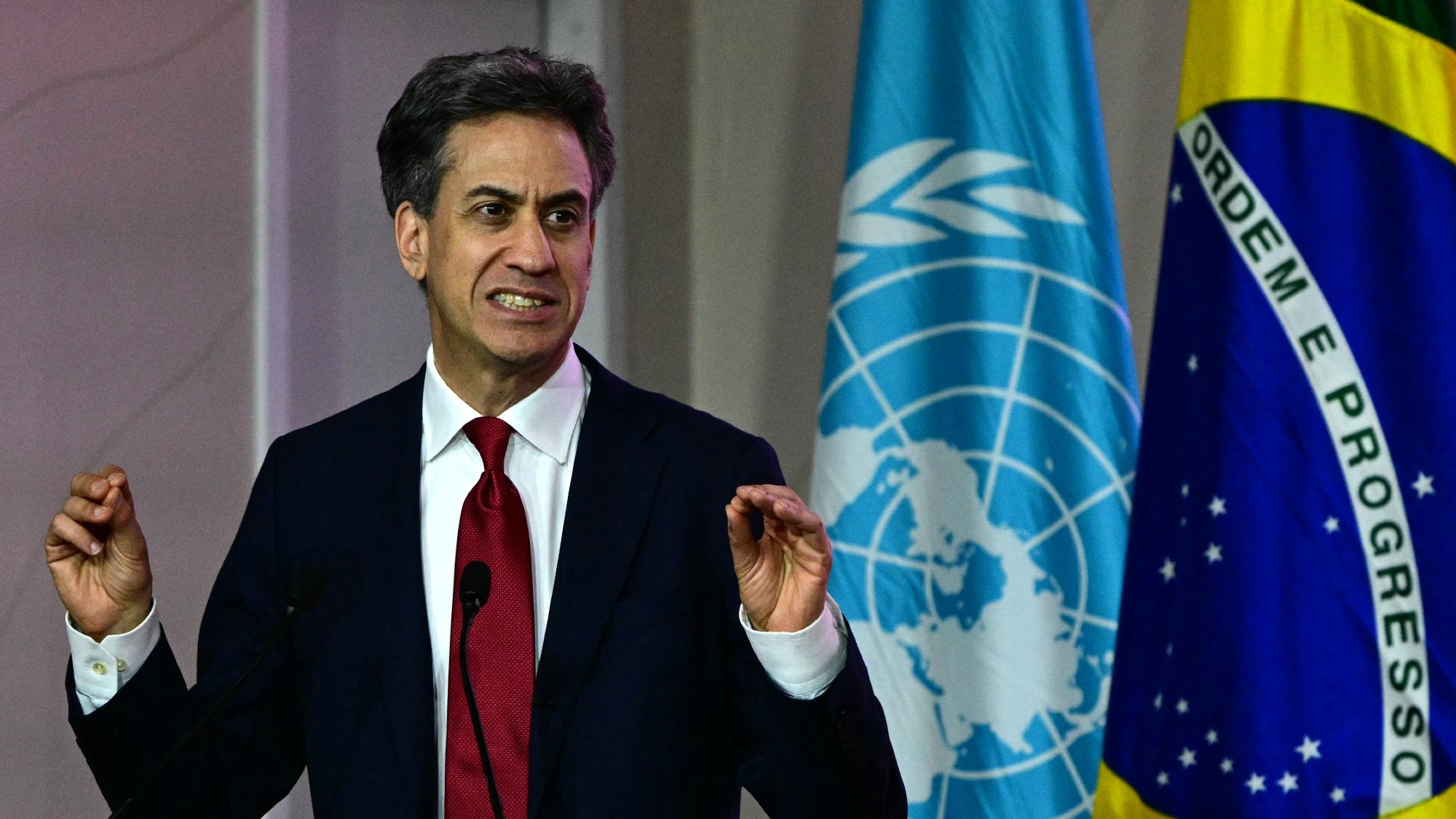 Can the UK do more on climate change?
Can the UK do more on climate change?Today's Big Question Labour has shown leadership in the face of fraying international consensus, but must show the public their green mission is ‘a net benefit, not a net cost’
-
 Did Cop30 fulfil its promise to Indigenous Brazilians?
Did Cop30 fulfil its promise to Indigenous Brazilians?Today’s Big Question Brazilian president approves 10 new protected territories, following ‘unprecedented’ Indigenous presence at conference, both as delegates and protesters
-
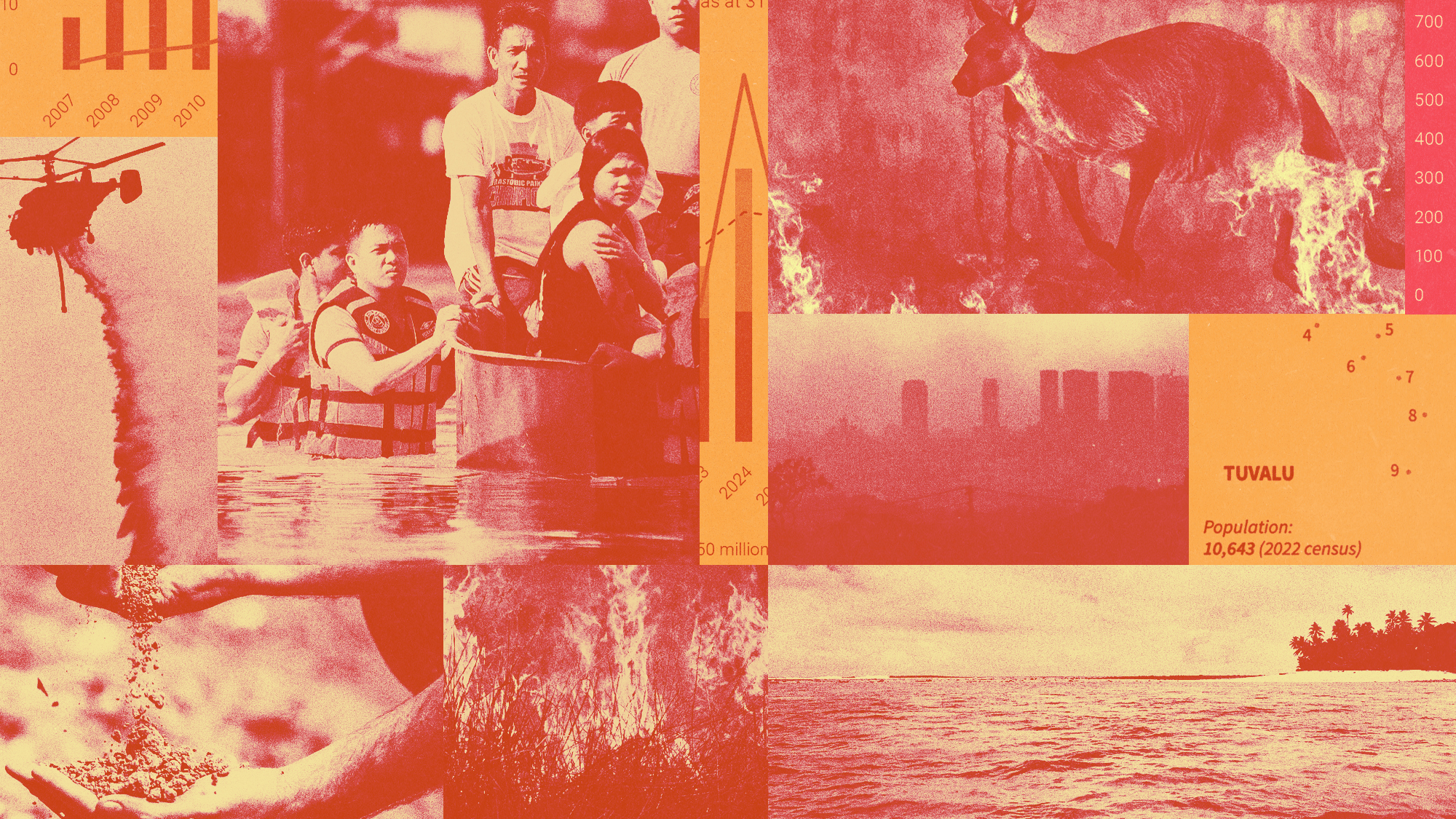 Can the world adapt to climate change?
Can the world adapt to climate change?Today's Big Question As the world gets hotter, COP30 leaders consider resilience efforts
-
 Taps could run dry in drought-stricken Tehran
Taps could run dry in drought-stricken TehranUnder the Radar President warns that unless rationing eases water crisis, citizens may have to evacuate the capital